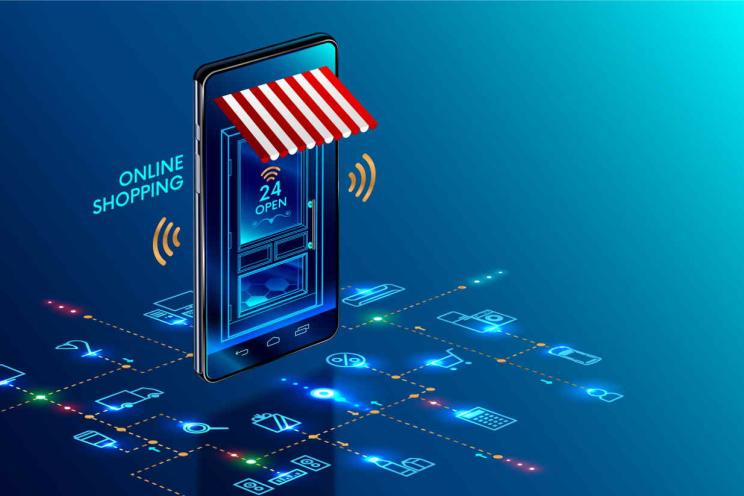
Streamlining Your Restaurant’s Inventory Management with POS Systems
Running a restaurant is no easy feat, and managing inventory can often feel like one of the most complex parts of the job. Effective inventory management is crucial for maintaining profitability and smooth operations, from tracking stock levels and reducing waste to ensuring you always have the right ingredients.
Enter the modern Point of Sale (POS) system—a powerful tool that can revolutionize how you handle inventory in your restaurant. POS systems can simplify your inventory management process in different ways.
What are the challenges of traditional inventory management?
First, let’s take a look at why traditional inventory management can be so challenging:
- Time-Consuming Processes: Manually counting stock and recording data on paper or in spreadsheets is labor-intensive and diverts staff from other important tasks.
- Human Error: Mistakes in counting or data entry can lead to inaccurate stock levels, impacting ordering decisions and budgeting.
- Lack of Real-Time Data: Without up-to-date information, it’s hard to make informed decisions about restocking and menu planning.
- Wastage: Over-ordering can lead to spoilage and waste, while under-ordering can result in shortages and disappointed customers.
How POS Systems Simplify Inventory Tracking
A modern POS system can address these challenges by streamlining and automating many aspects of inventory management. Here’s how:
Real-Time Inventory Tracking
POS systems automatically update inventory levels as sales are made. This real-time tracking ensures that your stock levels are always accurate, reducing the risk of running out of popular items or over-ordering less popular ones. With accurate, real-time data, you can make better decisions about purchasing and menu planning.
Automated Ordering
Many POS systems can be set up to alert you when stock levels reach a certain threshold or even automatically place orders with suppliers. This automation reduces the burden on staff, ensures you always have the necessary ingredients on hand, and helps avoid the pitfalls of both overstocking and stockouts.
Detailed Reporting and Analytics
POS systems offer detailed reporting features that provide insights into sales patterns, inventory usage, and waste. By analyzing these reports, you can identify trends and make data-driven decisions about menu changes, promotions, and purchasing. For instance, you might discover that certain items sell better on weekends or that seasonal dishes need to be adjusted based on past performance.
Waste Reduction
With precise tracking and automated ordering, POS systems help minimize waste. Knowing exactly how much of each ingredient is needed for your menu items allows you to order the right amounts and reduce spoilage. Some systems also track waste explicitly, allowing you to see where excess or spoilage occurs and take steps to mitigate it.
Integration with Other Systems
Modern POS systems often integrate seamlessly with other software, such as accounting, payroll, and supply chain management tools. This integration streamlines your operations further, reducing manual data entry and ensuring consistency across your business. For example, sales data from your POS can automatically update your accounting software, simplifying financial tracking and reporting.
User-Friendly Interface
Today's POS systems are designed with ease of use in mind. They often feature intuitive interfaces that make it easy for staff to enter sales and track inventory, even with minimal training. This ease of use reduces errors and increases efficiency, allowing your team to focus more on providing excellent customer service.
Enhanced Security
POS systems often include security features that limit access to sensitive inventory data. You can set user-specific permissions to control who can view and manage inventory, reducing the risk of internal theft or fraud. Your data stays secure, and you can breathe a little easier.
Choosing the Right POS System
Not all POS systems are created equal, so it’s important to choose one that meets your restaurant’s specific needs. Here are a few tips:
- Assess Your Needs: Consider the size of your restaurant, the complexity of your menu, and your specific inventory challenges.
- Look for Key Features: Ensure the system offers real-time tracking, automated ordering, detailed reporting, and integration capabilities.
- Consider Ease of Use: A user-friendly system will reduce training time and improve accuracy.
- Check for Support: Good customer support is essential for troubleshooting and maximizing the benefits of your POS system.
Implementing a POS System in Your Restaurant
Transitioning to a POS system might seem daunting, but the long-term benefits far outweigh the initial investment. Here are a few steps to help you get started:
1. Evaluate Your Needs: Assess your restaurant’s specific requirements and choose a POS system that offers the features you need.
2. Train Your Staff: Ensure that your staff is well-trained on how to use the new system effectively. Most POS providers offer training and support services to facilitate this process.
3. Integrate with Existing Systems: If you already use other software for accounting, payroll, or reservations, look for a POS system that integrates seamlessly with these tools.
4. Monitor and Adjust: After implementing the POS system, continuously monitor its performance and make adjustments as needed. Regularly review reports and analytics to optimize inventory management further.
In the competitive restaurant industry, efficient inventory management is crucial for success. POS systems offer a comprehensive solution that simplifies inventory tracking, reduces errors, and enhances overall operational efficiency. By investing in a reliable POS system, you can streamline your restaurant’s inventory management processes, allowing you to focus more on what matters most—delivering exceptional dining experiences to your customers.
Embracing POS technology not only helps you manage your inventory more effectively but also contributes to a more sustainable and profitable business. So, why not give your inventory management a tech upgrade? Your future self will thank you.





